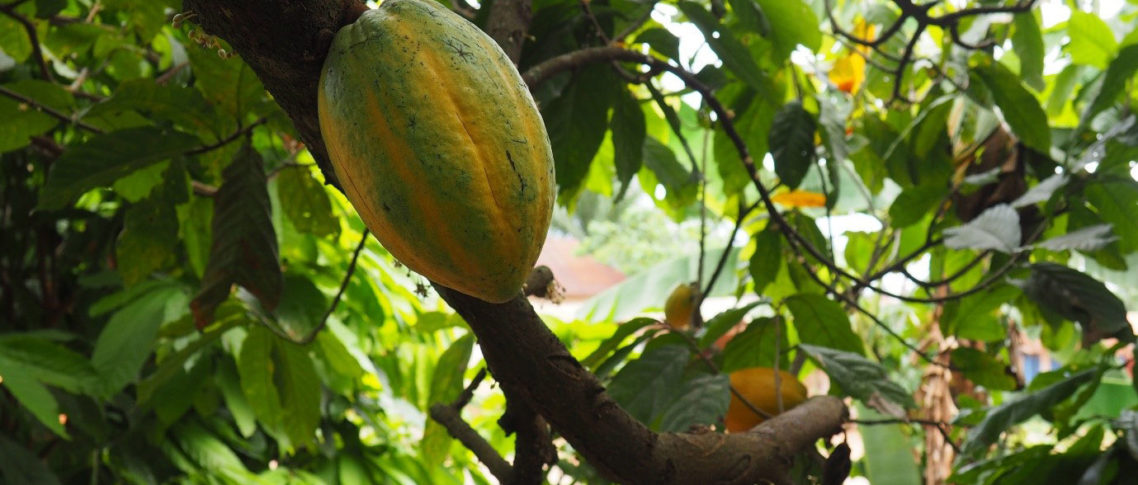Located just a couple of hours drive from Ghana’s bustling capital city Accra, the Atewa forest range is a unique ecosystem. It is home to endangered and endemic species of birds, mammals, reptiles, butterflies and amphibians.
It is also the source of three of the country’s main rivers: the Ayensu, Densu and Birim, which supply drinking water to the greater Accra region and beyond.
But rising demand for commodities and natural resources, driven by Ghana’s growing middle class and global consumerism, threaten this once secluded forest. New roads and infrastructure, combined with its strategic location between the country’s two largest cities, make Atiwa an attractive spot for business.
Atiwa’s western fringes, for example, are marked by a thriving agriculture sector comprised of oil palm, cocoa, oranges, rubber, cassava and banana production. Large plantations run by international and Ghanaian companies coexist with smallholders that either participate in outgrower schemes or farm independently. Because of its abundance of mineral resources, the area is also a breeding ground for “galamseyers,” as artisanal gold miners are locally known.
While these activities could bring opportunities and improve the living conditions of local communities, they also create important governance challenges to reconcile conservation and economic growth objectives — thus calling for innovative solutions to ensure that development does not come at the cost of forest degradation and deforestation.
Solutions within jurisdictional boundaries
The “jurisdictional approach” is a method of landscape governance that focuses on building multi-stakeholder collaboration, negotiation and decision-making within jurisdictional boundaries. It brings together the different private, public and civil society actors that are present in a particular landscape, to collaborate toward conservation, supply chain sustainability and green development goals.
With these objectives in mind, the Center for International Forestry Research (CIFOR), with funding from the European Union, has launched a new initiative that aims to contribute to “zero deforestation commodities” in Ghana by applying a jurisdictional approach in the Kwaebibirem municipality and the Atiwa West district – a hotspot of commodity production in the Atiwa landscape.
“Successful experiences around the world show that jurisdictional approaches can reconcile what might often be seen as conflicting objectives,” said George Schoneveld, a senior scientist with CIFOR. “Enhancing production on existing farmland, conserving natural resources and creating value for smallholders; they can all be achieved if all stakeholders within a jurisdiction are brought together.”
In the framework of the Governing Multifunctional Landscapes (GML) project, CIFOR’s team scoped six countries to find a landscape where they could test this approach and apply it to the Sub-Saharan African context, said Emily Gallagher, a CIFOR scientist. “We chose to work in Ghana’s Eastern Region because of its dynamic agriculture sector, fast deforestation rates and interested stakeholders,” she added.
In the selected jurisdiction, according to Gallagher, CIFOR’s initial assessments have shown that local actors’ main concerns are to improve land use planning, promote sustainable intensification, increase access to quality inputs, meet sustainable sourcing commitments, and promote more sustainable and inclusive value chains.
“After talking to more than 30 actors, including the Forestry Commission, District Agricultural Development Units, the Cocoa Health and Extension Division, private enterprises, farmer associations, local NGOs, and research centers, we are confident that a jurisdictional approach has the potential to address these issues.”
